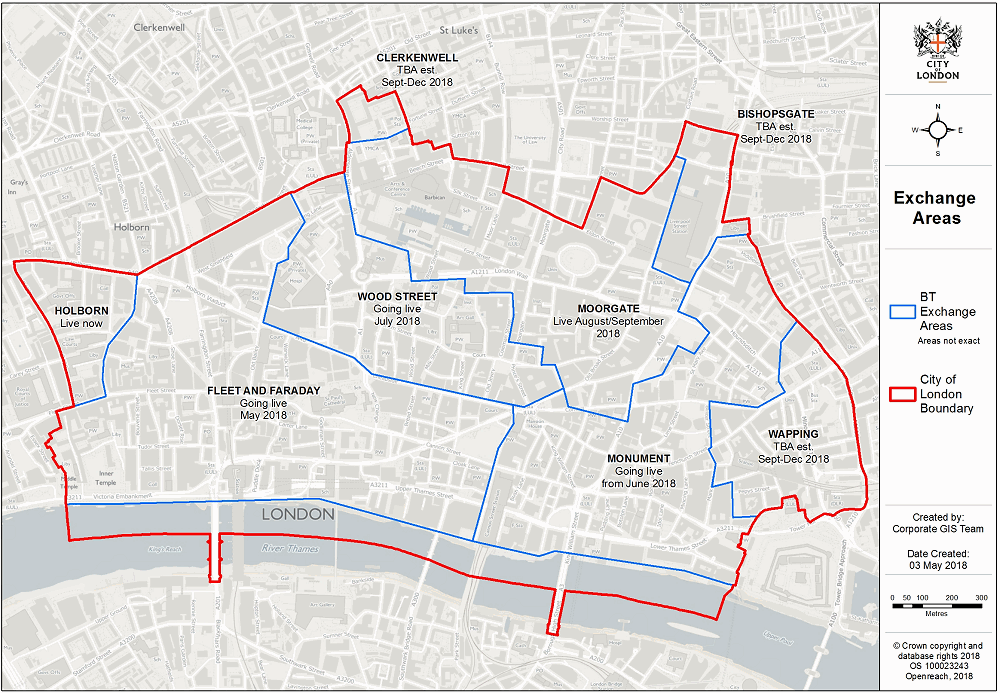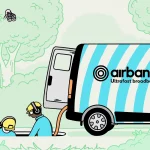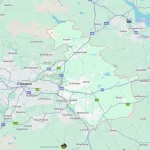Openreach’s London FTTP Broadband Rollout Faces Wayleave Obstacle
The boss of Openreach (BT), Clive Selley, has expressed concern over the delays being caused to their rollout of 1Gbps capable Fibre-to-the-Premises (FTTP/H) broadband ISP services across the UK City of London, which is partly due to the challenge of getting permission (wayleaves) from landlords.
Wayleaves are notoriously complicated and often costly legal agreements, which grant special access to land or buildings for the deployment and management of new infrastructure, such as running a new fibre optic cable through buildings or installing related infrastructure. But these can be tricky because each land or building owner requires a separate approach and then the wayleave may need approval from tenants, which takes time.
In recent years that have been many attempts to try and standardise the process and templates, which is something that the City of London Corporation (CLC) did all the way back in 2016 (here). Other London boroughs, such as Hammersmith and Fulham, have also managed to reach special “master wayleave” agreements with ISPs like Community Fibre.
Advertisement
Nevertheless sometimes the problem isn’t so much the agreement but rather the deceptively simple sounding task of actually getting into contact with somebody who can help.
Clive Selley, Openreach CEO, said (City A.M.):
“The one obstacle we face is with the owners of big buildings in city of London. It’s tough in London to work out who owns buildings and contact them, it’s quite unique as its an international city and buildings are owned by people across the planet.
I worry that some connections could take years if the building owners don’t come forward.”
The CEO of FTTB ISP Hyperoptic, Dana Tobak, has frequently expressed similar frustrations and recently said that “wayleaves are the number one hindrance to urban rollouts [in the UK]” (here). Related problems like this have long blighted rural deployments too, such as Openreach’s FTTP rollout in Wales, although the issues in cities are often less about visual impact or rentals and more a case of admin.
This is also one of the issues that the government are currently examining as part of their Future Telecoms Infrastructure Review, which is due to start consulting upon some initial proposals this summer 2018. In the meantime Selley has suggested that every building should display their owner details and he wants a central registry for such information.
On top of that Selley says it should also be a “requirement” to invite fibre optic broadband firms in to deliver FTTP/B when new buildings are being constructed. At present the rules only require that property developers include infrastructure that can facilitate the future deployment of fibre broadband (e.g. cable ducts). The Local Government Association also also called for change (here).
Advertisement
Openreach aims to reach 3 million UK premises with FTTP/H by the end of 2020 and they could then deliver 10 million by 2025. Today’s comment also came as Openreach confirmed that 21 Whitefriars Street had become the first office building in CLC’s area to be connected up to their FTTP network and, throughout 2018, some 12,000 more premises across the rest of the City of London area will be given access to this service. The rough rollout regions and dates can be seen below.

Mark is a professional technology writer, IT consultant and computer engineer from Dorset (England), he also founded ISPreview in 1999 and enjoys analysing the latest telecoms and broadband developments. Find me on X (Twitter), Mastodon, Facebook, BlueSky, Threads.net and Linkedin.
« Vodafone UK and BT Still Talking Fibre But Only Little Progress


















































Comments are closed